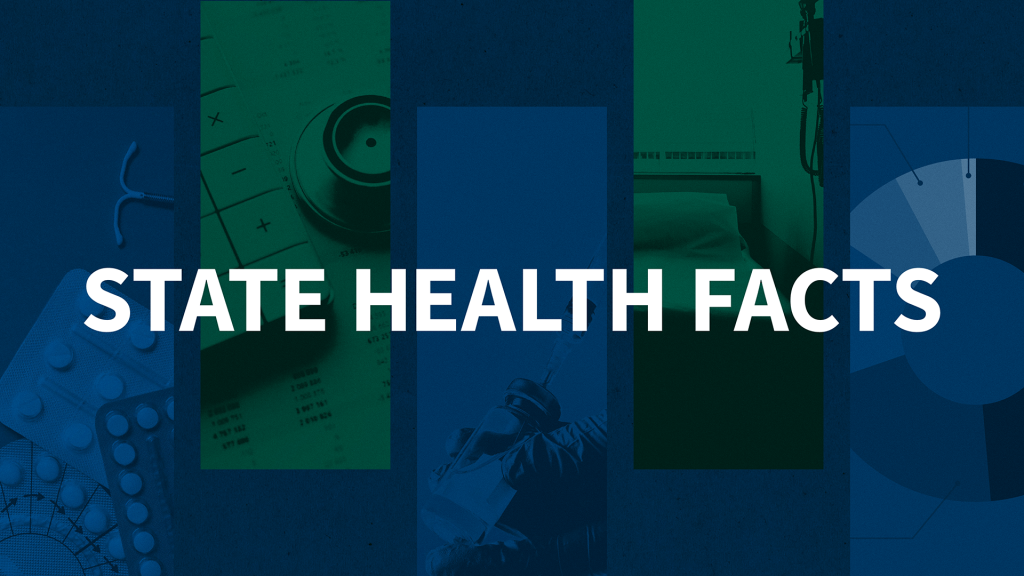Voces de Puerto Rico: Reflexiones Dos Meses Después de María (Video)
En este video, los residentes de Puerto Rico hablan sobre su vida cotidiana y puntos de vista de los esfuerzos de recuperación dos meses después del huracán María. Describen un clima de frustración, la pérdida de empleo y problemas económicas, la falta de servicios básicos como la electricidad y el efecto en la salud mental y física de la población
